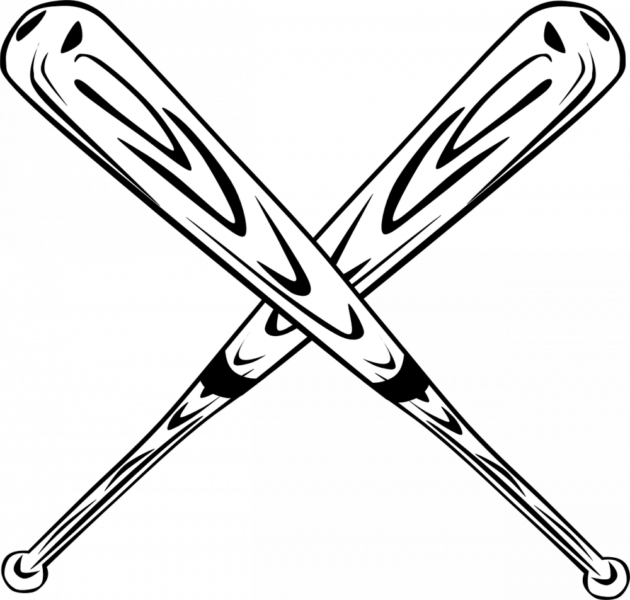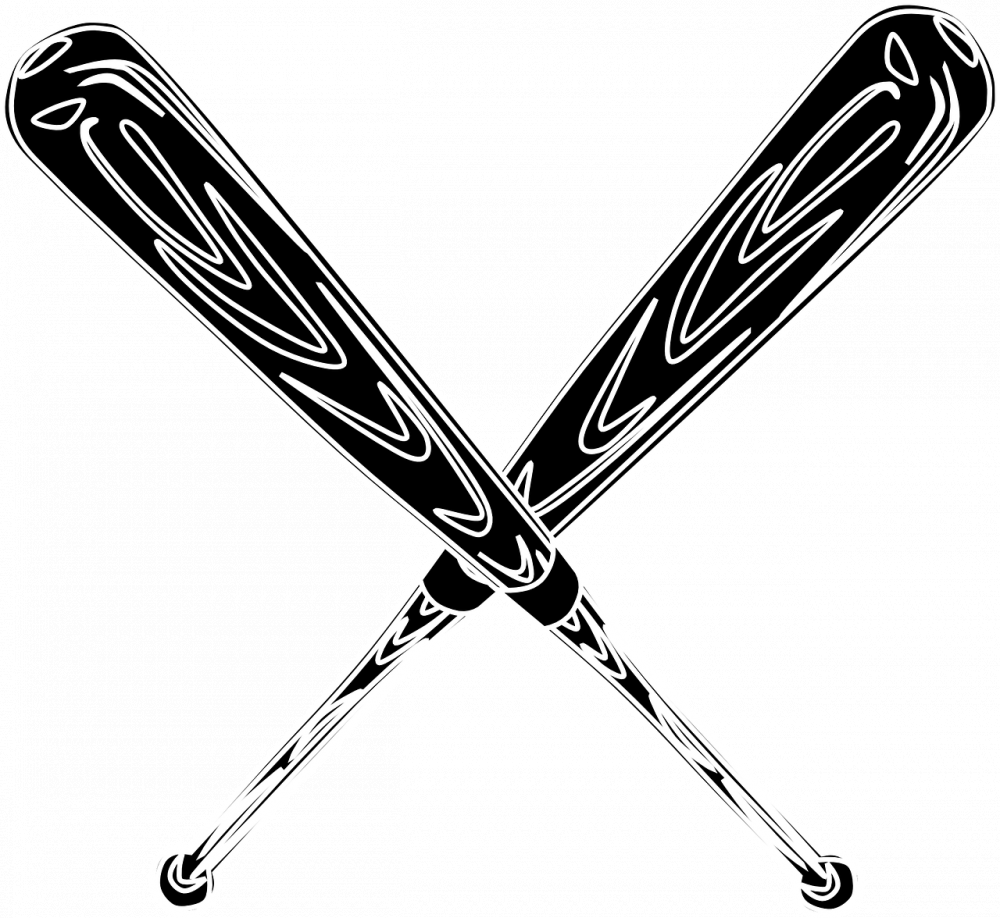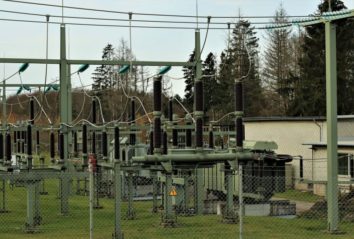Baseball Ball: A Comprehensive Guide

Introduction
Baseball is one of the most popular sports worldwide, and the baseball ball is an essential element of the game. In this detailed guide, we will explore the different aspects of baseball balls, including their types, popular choices, quantitative measurements, differences, and a historical overview of their advantages and disadvantages.
I. Overview of Baseball Ball

A baseball ball is a small, spherical object made specifically for the sport of baseball. It is typically made of a solid cork center, surrounded by layers of rubber and yarn, and covered with a white leather or synthetic material. The construction and materials used ensure durability and appropriate performance during gameplay.
II. Types of Baseball Balls
1. Official Baseball Ball
– Major League Baseball (MLB) uses a specific type of official baseball ball for professional games. It meets strict regulations regarding size, weight, and construction.
– The official baseball ball consists of a cork and rubber core, surrounded by four layers of tightly wound yarn, and covered with high-quality leather.
2. Practice Baseball Balls
– Practice baseball balls are designed for training purposes. They may differ in construction and materials from official balls but allow players to practice without damaging high-quality balls.
– Practice baseball balls can be made of synthetic materials and have reduced durability compared to official balls.
3. Youth Baseball Balls
– Youth baseball balls are specifically designed for young players. They are usually smaller and lighter than official baseballs, making them easier to handle and throw.
– These balls help young players develop their skills and adapt to the game.
III. Quantitative Measurements
1. Size and Weight
– Official baseball balls have a standard size of 9 inches in circumference and a weight ranging from 5 to 5.25 ounces.
– The size and weight of the ball greatly affect the performance of pitchers, hitters, and fielders.
2. Bounce and Compression
– The bounce and compression of a baseball ball refer to its ability to rebound off the ground and the hardness of the core. These factors influence the game dynamics and player strategies.
IV. Differences Between Baseball Balls
Baseball balls can differ in various aspects, including the quality of the materials used, manufacturing techniques, and performance characteristics. Some differences to consider are:
– Construction: The number of yarn layers and the quality of leather coverings can affect the ball’s durability and flight.
– Core Composition: The materials used in the core, such as cork or rubber, impact the ball’s hardness and elasticity.
– Seam Height: The height of the seams affects a pitcher’s ability to induce specific pitches, such as curves or sliders.
V. Historical Overview of Baseball Ball
1. Evolution of Baseball Balls
– Baseball balls have evolved over time. In the early days, balls were handmade and lacked uniformity. The first standardized baseball ball was introduced in the mid-19th century.
– Advancements in technology and manufacturing techniques have led to improved consistency, performance, and longevity of baseball balls.
2. Advantages and Disadvantages
– Traditional leather-covered baseball balls offer better grip and flight characteristics but are more prone to wear and tear.
– Synthetic-covered baseball balls provide enhanced durability and lower costs but may lack the same level of performance and feel as leather-covered balls.
Conclusion
The baseball ball is an integral part of the game, with various types, quantitative measurements, and historical significance. Understanding the differences between baseball balls allows players to make informed choices based on their playing level, preferences, and performance requirements. Whether it’s an official game, practice session, or youth play, the right baseball ball contributes to an enjoyable and successful baseball experience.
Sources:
1. «The Baseball,» Baseballsavings.com, [Link]
2. «Baseballs and Softballs: Construction and Specifications,» The Physics Factbook, [Link]
3. «9 Lesser-Known Facts About Baseball,» Pro Tips by DICK’s Sporting Goods, [Link]
FAQ
What is the standard size and weight of an official baseball ball?
What are the different types of baseball balls?
What are the advantages and disadvantages of leather-covered and synthetic-covered baseball balls?
Flere nyheter
Trafo 230V til 400V: Hva du trenger å vite
Introduction Baseball is one of the most popular sports worldwide, and the baseball ball is an essential element of the game. In this detailed guide, we will explore the different aspects of baseball balls, including their types, popular choices, qua...
09 desember 2025
Spinal stenos: Årsaker, symptomer og behandling
Introduction Baseball is one of the most popular sports worldwide, and the baseball ball is an essential element of the game. In this detailed guide, we will explore the different aspects of baseball balls, including their types, popular choices, qua...
07 desember 2025
Restaurering: Å ta vare på det gamle
Introduction Baseball is one of the most popular sports worldwide, and the baseball ball is an essential element of the game. In this detailed guide, we will explore the different aspects of baseball balls, including their types, popular choices, qua...
06 desember 2025
Elektriker offshore: Kompetanse, hverdag og muligheter
Introduction Baseball is one of the most popular sports worldwide, and the baseball ball is an essential element of the game. In this detailed guide, we will explore the different aspects of baseball balls, including their types, popular choices, qua...
05 desember 2025











